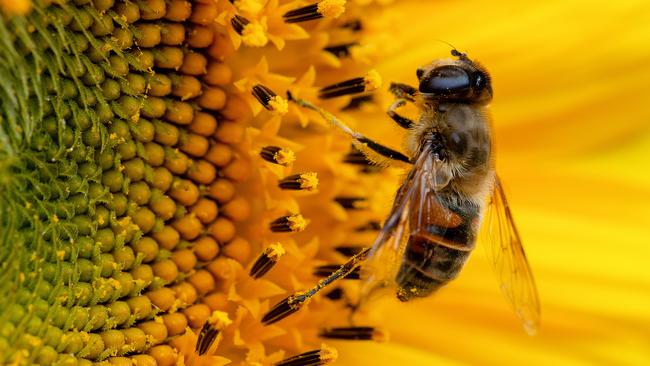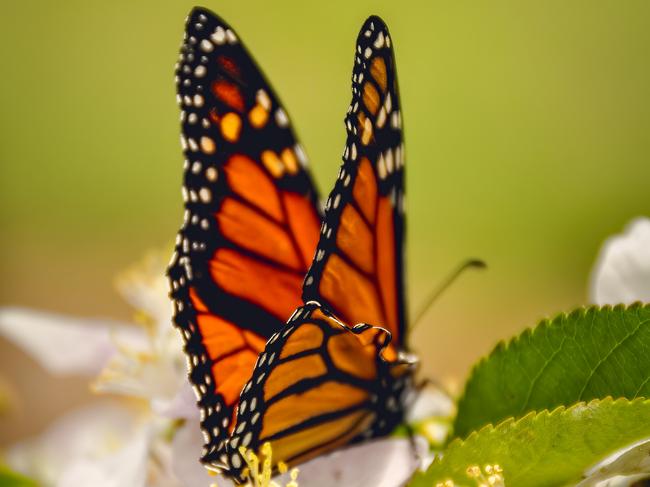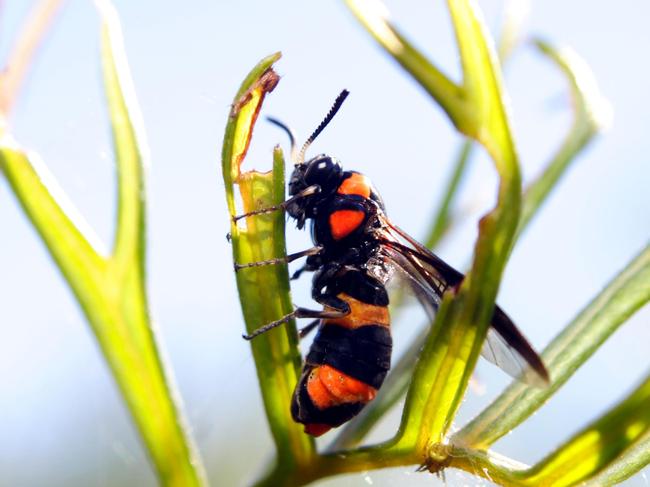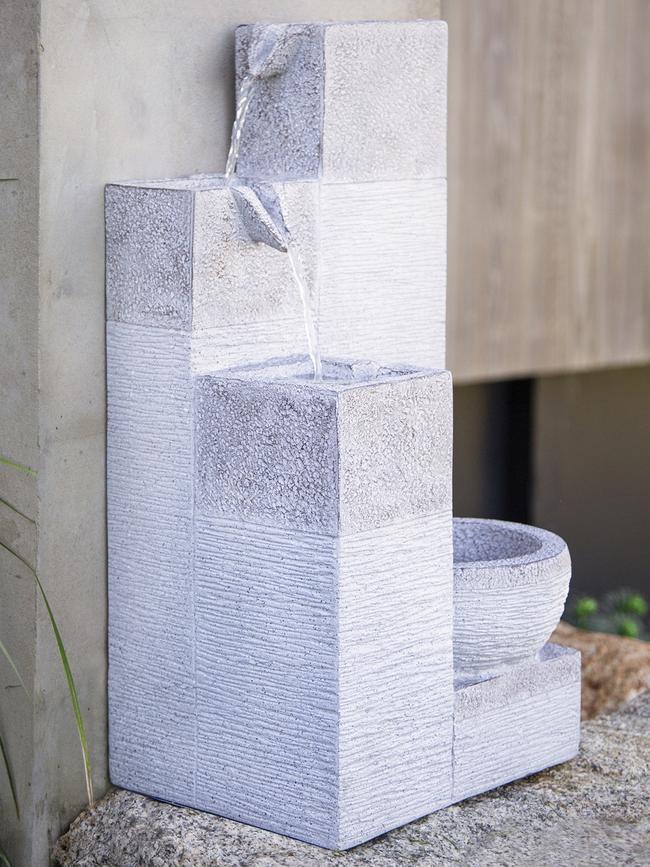Pollination: it’s not just honeybees we have to thank
We’ve a lot to thank insects for. Without their vital role in pollination, a lot of the global food supply would dry up.

Honeybees get all the love in talk about pollinating insects, but they are just one part of the story. Native bees and butterflies sound nice but how do you feel about flies, ants, wasps and beetles? They all need to be valued for their role.
About 85 per cent of all flowering plants benefit from pollination by animals – mostly insects – according to a 2011 study. Not all crops need to be pollinated by them; staples such as wheat, corn and rice are wind pollinated. But pollinators increase the output of 87 of the main agricultural crops worldwide; these include vegetable, fruit, nut, spice and edible oil crops as well as those for fibres, fodder and biofuels.

Managed honeybees are the dominant insect pollinator for crops, but research is showing how critical wild pollinators are. Globally there are more than 25,000 wild bee species and we have more than 1500 species in Australia. Although many of our native bees are solitary, hives of our social stingless bees, Tetragonula, are used on macadamia and blueberry farms and are being studied for other crops, too.
Non-bee pollinators can work at times and in weather when bees are unable to forage, and can carry pollen further distances, according to Dr Romina Rader, an ecologist at the University of New England. An analysis of studies on non-bee crop pollinators she led in 2020 showed the most frequent visitors include six different families of flies, two of beetles, four of butterflies and moths, plus ants and wasps.

Hairy blowflies are good pollinators (the adults feed on nectar) and are being used in Australia by producers of celery and onion seeds, and undergoing trials for mango, avocado and blueberry pollination along with other fly species. Flies offer growers a good managed alternative to honeybees because they don’t sting and can be readily mass-reared.
Our native paper wasps and potter wasps pollinate flowers as they feed on nectar. They are less efficient pollinators because they tend not to be covered in fuzzy hair that pollen sticks to, but some wasps have highly specialised pollination relationships with plant species such as orchids and figs.
Butterflies and moths are regular flower visitors, contributing to pollen transfer, but their caterpillars are less welcome in the garden.
It’s not just about pollination, though. “These insects all play important roles in other ecosystem services such as nutrient recycling and pest control,” notes Rader.
Good to know
To attract wild pollinators to your garden, plant a diverse range of flowering plants to offer various flower colours, shapes and flowering times.
The flowers of leafy vegies and herbs are excellent if you let them form
Provide different habitats to offer food and nesting resources for insect larvae
Don’t use pesticides
Q&A
I have always used Condy’s crystals (permanganate of potash) as a fungicide and ant dispersant in pots. Has this compromised my decades as an organic gardener? Jack Edwards, Kings Meadows, Tasmania
Australia’s national organic standards permit the use of Condy’s crystals. It has bactericidal, insecticidal and fungicidal properties, with a variety of uses in the garden, but it is toxic to earthworms. It contains both potassium and manganese; some plants are intolerant of manganese when the soil pH is below 5.5, so avoid repeated applications or check and amend your soil’s pH.
I believe pansy and viola flowers are edible – but can you eat fuchsia flowers? Carol Hill, Launceston
The flowers of all fuchsias are edible, and so are the small berry fruits they produce. They’re also safe for pets. Other edible flowers include daylilies, nasturtium, pineapple sage, society garlic (Tulbaghia), lavender, cornflower, rose and calendula, and the flowers of most herbs. Take the usual precautions, of course: before consuming any plant, always positively identify it and be sure it hasn’t been sprayed.

Send your questions to: helenyoungtwig@gmail.com or Helen Young, PO Box 3098, Willoughby North, NSW 2068. The best question for June wins the tranquil Sandstone Summit water feature, worth $159, from Northcote Pottery. May’s winner is Don McLeay of Menangle, NSW, for his question about ants in pots.




To join the conversation, please log in. Don't have an account? Register
Join the conversation, you are commenting as Logout